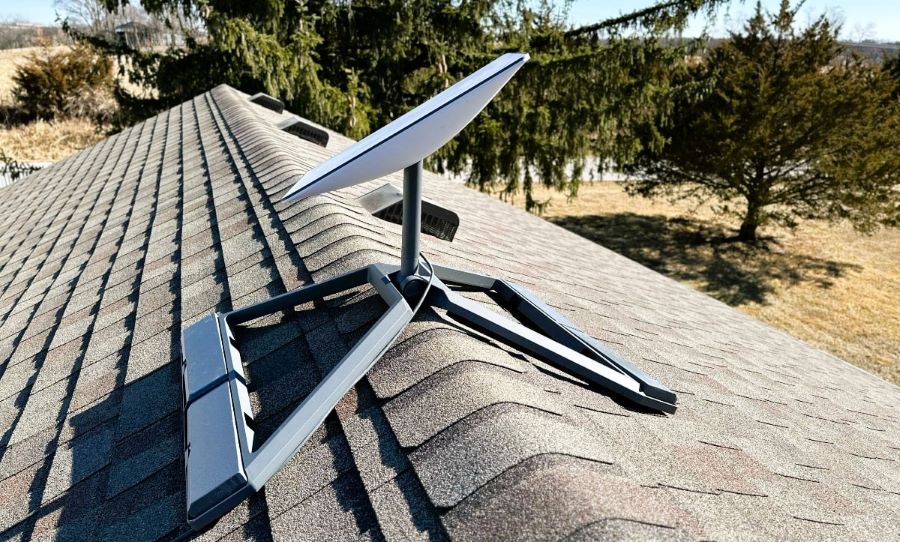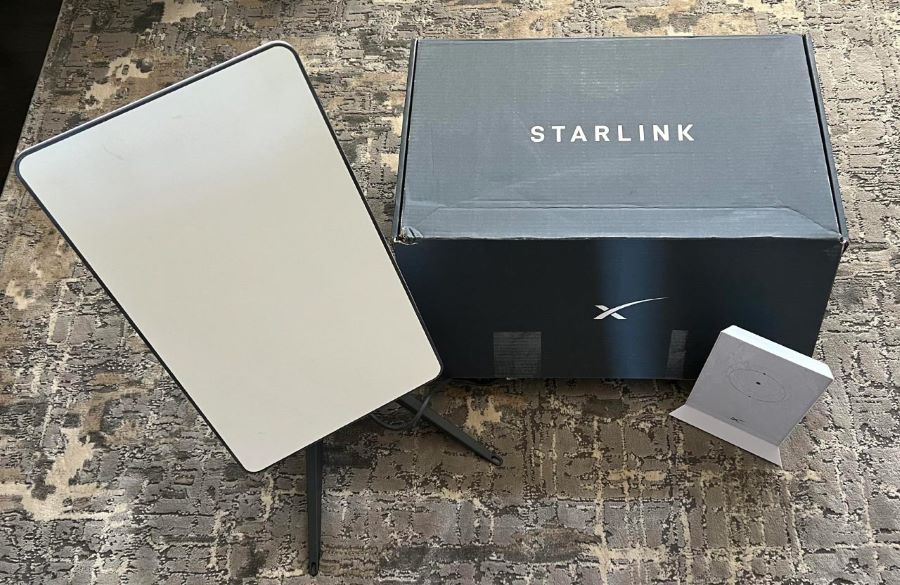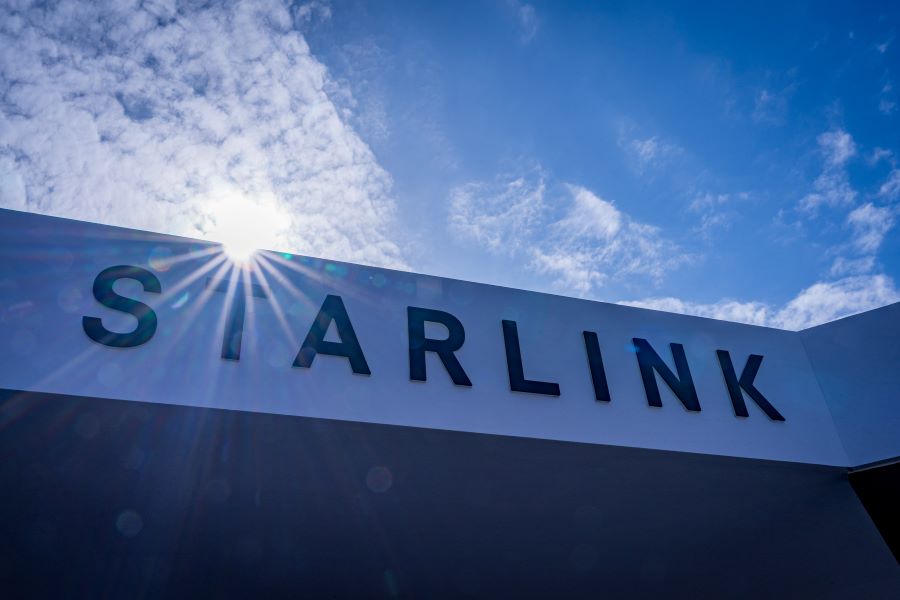What Is Starlink? Your Guide to Satellite Internet
Starlink is revolutionizing internet access, delivering high-speed broadband to places where traditional providers struggle. Imagine streaming movies in a remote cabin or working from a boat—Starlink makes that possible with its network of satellites orbiting Earth. Unlike older satellite services with sluggish speeds and frustrating delays, this system uses thousands of small, low-orbit satellites to provide fast, reliable connections. Users often see download speeds from 50 to 300 Mbps, perfect for video calls, online gaming, or binge-watching shows. The setup is simple: a small dish, a router, and a clear view of the sky. As the network grows, it’s becoming a lifeline for rural homes, travelers, and businesses. This article, crafted by journalists at TheMors, breaks down everything you need to know about Starlink, from its origins to how it works in Europe.
Where can I buy Starlink?

The Origins of Starlink
When Did Starlink Begin?
The Starlink project started taking shape in 2015 when SpaceX, a company focused on space exploration, revealed plans for a global satellite internet network. The first test satellites launched in 2018, followed by the initial operational batch in 2019. By late 2020, beta testing opened to users in the US and Canada, offering a glimpse of its potential. Since then, over 6,000 satellites have gone up, with regular rocket launches adding more. The goal is a constellation of tens of thousands to ensure worldwide coverage. Key moments include expanding to ships and planes, plus providing emergency connectivity in disaster areas. Despite challenges like regulatory approvals and concerns about space clutter, Starlink has grown steadily, reshaping how people stay connected.
How to buy Starlink?
Who Is Behind Starlink?
Elon Musk, the entrepreneur known for Tesla and SpaceX, is the mastermind behind Starlink. He founded SpaceX in 2002 to make space travel affordable and sustainable, with dreams of colonizing Mars. Starlink was born to fund those ambitions by offering a profitable internet service. Musk’s knack for turning bold ideas into reality—seen in his work with electric cars and online payments—drove the project’s rapid progress. His vision was to bring fast internet to remote corners of the globe, and he’s stayed hands-on, often sharing updates on launches or new features. The team he built includes top engineers from aerospace and telecom, making Starlink a leader in satellite tech.

How Starlink Works
The Technology Behind It
Starlink’s magic lies in its constellation of low Earth orbit (LEO) satellites, flying about 550 kilometers above the planet—much closer than traditional satellites. This reduces latency, the time it takes for data to travel, making the internet feel snappy. Each satellite communicates with ground stations and user terminals (those dishes you see on roofs). The dish automatically adjusts to track satellites passing overhead, ensuring a steady signal. Ground stations relay data to the internet backbone, connecting users to the web. The system’s design allows it to scale: more satellites mean better coverage and faster speeds. It’s a complex dance of hardware and software, but for users, it’s as easy as plugging in the kit and pointing it at the sky.
What’s in the Starlink Kit?
When you order Starlink, you get a kit with a satellite dish (often called Dishy), a Wi-Fi router, cables, and a power supply. The dish is compact, about the size of a pizza box, and built to withstand weather like rain or snow. Setup takes most people under an hour, guided by a mobile app that checks for obstructions like trees. You just mount the dish, connect it to the router, and you’re online. Optional accessories, like mounts for tricky spots or extended cables, are available. The kit’s price varies by region, but it’s a one-time purchase unless you opt for rentals in some plans.
Starlink’s Structure and Operations
How Is the Company Organized?
Starlink operates under SpaceX but through a dedicated subsidiary, Starlink Services, LLC. This setup lets it focus on internet while leveraging SpaceX’s rocket technology. The company has teams for satellite design, production, and launches, all coordinated from SpaceX’s facilities. Manufacturing happens in the US, where satellites are churned out efficiently to keep costs low. Ground operations include hundreds of stations worldwide that link satellites to the internet. There’s also a customer service team and a regulatory group navigating global approvals. This streamlined structure helps Starlink move fast, from building hardware to rolling out service in new countries.
Where Is Starlink Based?
Starlink’s headquarters is tied to SpaceX’s main office in Hawthorne, California, a hub for engineering and operations. Located near Los Angeles, this facility handles everything from satellite testing to launch planning. It’s where big decisions get made, like which regions to prioritize next. For users, the key touchpoint is the official Starlink website, starlink.com, where you can check availability, order equipment, or manage your account. The site offers tools like coverage maps and setup guides, making it easy to get started or troubleshoot issues.

Starlink Pricing and Payment Options
How Much Does Starlink Cost?
Starlink’s pricing depends on where you are and what you need. In the US, the standard residential plan is about $120 a month for unlimited data, though a lighter plan at $80 exists in some areas. The hardware kit, including the dish and router, costs around $499, with occasional discounts dropping it to $299. For mobile users, roam plans start at $50 for 50GB or $165 for unlimited data, great for RVs or boats. Business plans, with priority speeds, begin at $140 monthly. In Europe, prices are similar but in local currencies—think €50 to €100 monthly. Add-ons like mounts or warranties add small fees. Always check the website for the latest rates, as they adjust based on demand and capacity.
How to Pay for Starlink
Paying is simple through the Starlink website or app. You set up a credit or debit card for automatic monthly billing—Visa, Mastercard, and American Express work in most places. Some countries allow bank transfers or local methods like iDEAL in the Netherlands. The hardware cost is paid upfront when ordering, with shipping fees if applicable. You can pause or change plans in your account dashboard, and billing updates instantly. Payments are in local currency, but check for bank conversion fees if you’re outside the US. It’s designed to be hassle-free, so you can focus on enjoying the service.
Starlink’s Global Reach
Where Is Starlink Available?
Starlink operates in over 100 countries, targeting areas with limited internet options. It’s widespread in the US and Canada, especially in rural spots. South America, Africa, and Asia are growing markets, with countries like Brazil and the Philippines seeing recent rollouts. Australia and New Zealand have strong coverage too. Availability hinges on satellite numbers and local regulations—some areas wait for government approvals. Urban users can sign up, but the service shines in remote regions. The website’s map lets you check if it’s live in your area or if you’re on a waitlist for expansion.
Starlink in Europe
Europe is a major market, with service in nearly every country, from Norway to Spain. It’s a boon for rural areas where fiber isn’t available, though city dwellers use it too. Pricing mirrors US rates, adjusted for euros or pounds, and kits ship quickly. EU regulations ensure compliance, and more ground stations are boosting speeds. Roam plans make it easy for cross-border travelers, like those driving through multiple countries. Coverage keeps improving as satellites launch, making it a solid option across the continent.
Starlink in Germany
Germany’s mix of urban hubs and sprawling countryside makes Starlink a great fit for those stuck with slow internet, especially in rural areas like Saxony or the Black Forest. The entire country has coverage, with speeds hitting 100-220 Mbps, fast enough for streaming or remote work. The residential plan starts at €50 monthly for unlimited data, with a priority option at €100 for steadier performance during busy hours. The kit, including the V4 dish, costs €299 to €499, and setup is straightforward with the app guiding you to avoid signal blockers like tall buildings. Germans love it for gaming or smart home setups, as there’s no data cap on most plans. Payments use euros via card or bank transfer, and local support is available. With fewer outages as the network grows, it’s a dependable choice for anyone from farmers to expats needing better connectivity than traditional DSL.
Starlink in England
In England, Starlink bridges the gap in areas like Cornwall or the Yorkshire Dales, where broadband can be patchy. It covers all of England, approved by UK regulators, with speeds of 100-300 Mbps for smooth video calls or streaming. The standard plan is £75 a month for unlimited data, though heavy users can opt for priority plans up to £247 for faster uploads, ideal for businesses or maritime use. Kits cost £299, often discounted, and include a durable dish for rooftops or gardens. The roam feature is a hit for campers or coastal sailors, letting you move without re-registering. Payments are in pounds via card or direct debit, with no surprises. Recent network upgrades have cut dropouts, even in England’s rainy weather, and users share tips online for optimizing setups.
Starlink in the Netherlands
The Netherlands, with its flat land and urban density, uses Starlink mostly in rural spots like Drenthe or the Wadden Islands, where cable internet lags. Nationwide coverage delivers 150-250 Mbps speeds, with latency under 30ms, great for gamers or professionals. Plans start at €50 monthly for residential use, or €110 for unlimited roaming, perfect for canal boats or road trips. Kits cost €399 for the Mini or €499 for the standard dish, available online or through local resellers. Payments in euros via cards or iDEAL are seamless, and the app supports Dutch for easy setup. The service holds up in wet conditions, and its low power use appeals to eco-minded users. As satellites increase, performance keeps getting better, making it a reliable pick for smart homes or remote workers.

Starlink’s Financial Picture
What Is Starlink’s Valuation?
SpaceX, Starlink’s parent, is valued at roughly $400 billion in 2025, with Starlink driving much of that growth. Analysts estimate Starlink’s revenue could hit $12 billion annually, a big leap from early losses. Private funding rounds, backed by major investors, fuel its expansion, from satellite production to ground stations. While not a separate public company, rumors of a future IPO suggest Starlink could be worth tens of billions on its own. This financial muscle supports rapid growth, ensuring it can keep adding satellites and entering new markets.
Where to Buy Starlink
You can order Starlink kits directly from starlink.com, where you check availability by entering your address. Kits ship fast, including the dish, router, and cables. Authorized resellers in Europe, like tech stores, offer in-person options, especially for businesses. Stick to official channels to avoid scams and ensure warranty coverage. Some plans let you rent equipment, lowering upfront costs. Once ordered, you activate the kit through your account, and you’re online in no time.
Frequently Asked Questions
How fast is Starlink? Speeds range from 50-300 Mbps, depending on location and network load.
Is Starlink good for cities? It works, but it’s most valuable where traditional internet is slow.
Can I take Starlink traveling? Yes, roam plans let you use it across countries or regions.
How do I set up the dish? The app guides you to find a clear sky view; most setups take under an hour.
What if Starlink isn’t in my area yet? Check the website’s map for waitlist options or upcoming coverage.
Want to stay updated on tech innovations or global connectivity trends? Visit TheMors – Breaking News for more stories and insights that keep you informed and inspired.



Comments
Post a Comment